How to Create a Comfier Cottage
One of the easiest and most effective defences against heat loss is proper insulation. Yet in many older vacation homes and cottages, you’ll find it lacking. Whether you’re building new, updating a seasonal cottage for four-season living, or breathing new life into a tired vacation home through renovation, addressing the insulation is necessary to meet today’s building codes. And just as important, it will help you create a much more comfortable and enjoyable space that lasts for generations.
Don’t know where to start? Here’s a few key areas that often need attention.

The Crawl Space
It’s dark, often damp, and cold. The latter are two prime reasons to insulate! Keeping moisture out and warmth or conditioned air in can be achieved simply with batt insulation. I recommend stone wool insulation products, especially anywhere there might be moisture. That’s because stone wool insulation repels water and has high drying potential. It’s also mold and mildew resistant, which is an important feature since it helps contribute to a healthier building. Choose batts that fit the joist width and press into place. ROCKWOOL Comfortbatt® is ideal in this application, because it has a unique, flexible edge that is designed to compress as the batt is inserted, then spring back, expanding against the frame studs to give a complete fill. This flexibility ensures the expected R-value is achieved and maintained.
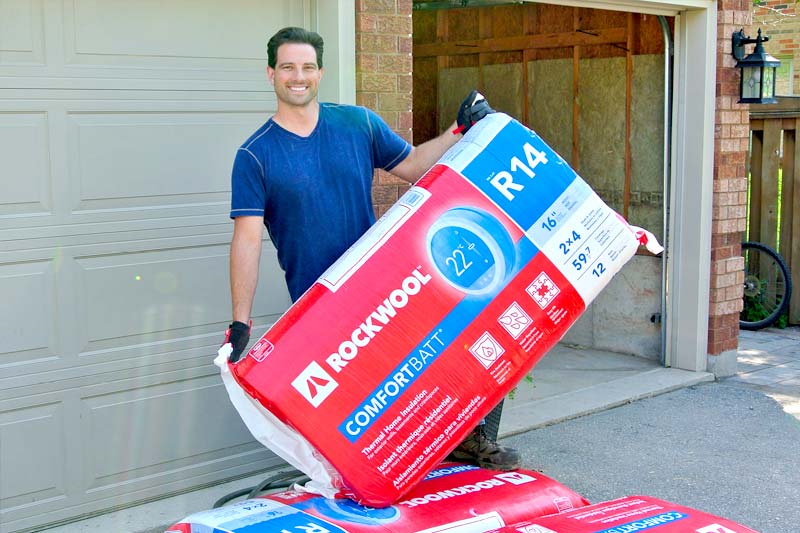
The Attic
A poorly insulated attic is a primary source of energy loss. Also, over time, some types of insulation can settle and compact, allowing warm or cool conditioned air to escape through gaps. I also recommend ROCKWOOL Comfortbatt® for attics because its dimensional stability holds up over time and it offers excellent thermal performance. Check your local building code for the R-value or depth of insulation you should install. Batts are installed much like in a ceiling or crawl space, except between the rafters. This often requires a couple of layers. Be sure to always stagger your seams for the best results.
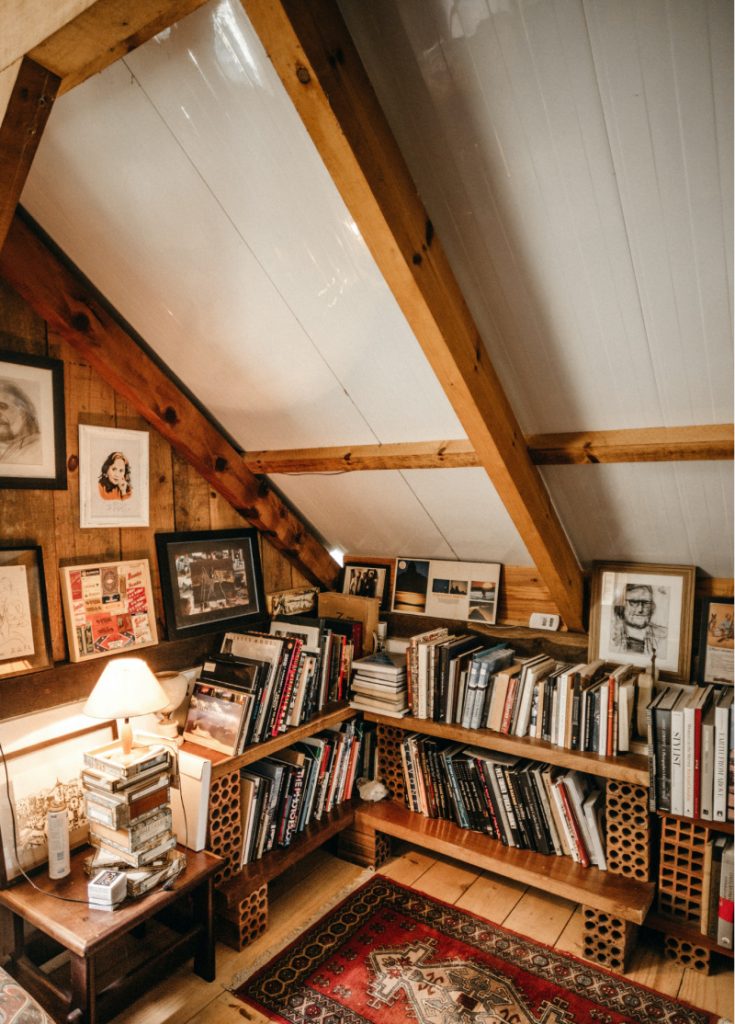
Exterior Walls
There are a few ways to achieve the right level of insulation and R-value for your wall system to meet the current building code in your area. As always, familiarize yourself with local code requirements before getting started. A common method is to insulate exterior cavity walls from the inside with thick stone wool batt insulation placed between the studs. Alternatively, you can use a combination of board and batt insulation, like ROCKWOOL Comfortbatt® and ROCKWOOL Comfortboard® 80. With this combination, you can either insulate from the inside or insulate both the inside and outside of the wall. If you plan to redo your cladding, consider insulating with a stone wool board insulation, like Comfortboard 80. Not only will it help maximize the energy performance of your cottage or vacation home, it may also help protect it from fire. Most cottages and many vacations homes are built in wildland areas, where forest, trees and other greenery are in close proximity to the building. Using stone wool continuous insulation sheathing board on the exterior is an excellent way to protect against the threat of wildfires. This is because ROCKWOOL stone wool is non-combustible, resisting fire up to 1,170˚C (2,150˚F). While other fire protection materials can be used to achieve the fire resistance required by code in wildland areas, often these other materials don’t offer the moisture resistance of stone wool insulation. It’s best to select a material that offers both benefits.
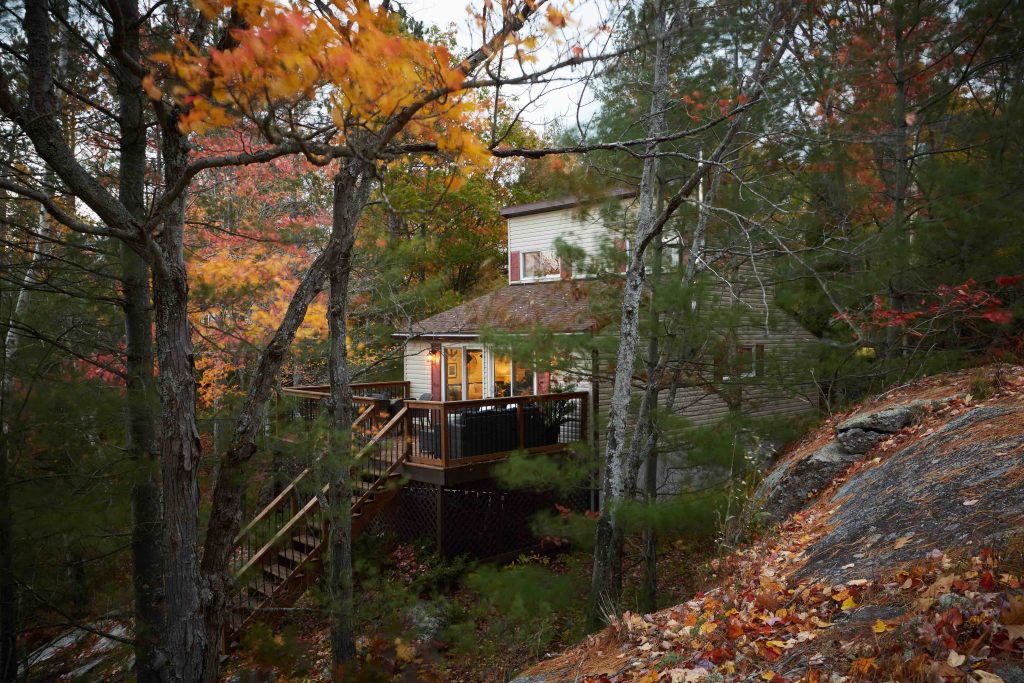
The Basement
Not all cottages or vacation homes have basements, but if yours does, insulating the basement headers is a fast and easy way to save energy. For this job, ROCKWOOL Comfortbatt® once again works quite well, because of its moisture resistance and thermal properties. Improve energy efficiency in two easy steps – cut the batt to fit the cavity with a serrated blade and press into place. It’s a small DIY job, but it offers big benefits from the standpoint of energy efficiency and comfort.
If you’re finishing a basement, the best practice is to use a board insulation against the exterior wall to prevent thermal bridging through your studs. Then, build your studs over top of the board insulation. Again, I like ROCKWOOL Comfortboard® 80 rigid stone wool insulation. It’s moisture and mold resistant, adds fire protection and improves efficiency. Fill the studs with ROCKWOOL Comfortbatt® insulation before finishing with a vapor barrier followed by gypsum. Know your climate zone and requirements around vapor barriers. The placement of the vapor barrier is key to preventing any moisture issues long term. In areas where you might have cold winters and hot, humid summers, a smart vapor barrier that accounts for seasonal vapor drive can be a better choice.
If you want to create the most comfortable cottage or vacation home space possible, here’s another important tip: don’t overlook sound insulation! This is especially key if you plan to enjoy your retreat with guests or if it’ll be used as a vacation rental. Tranquillity is, after all, a sought-after feature of cottages and vacation homes.
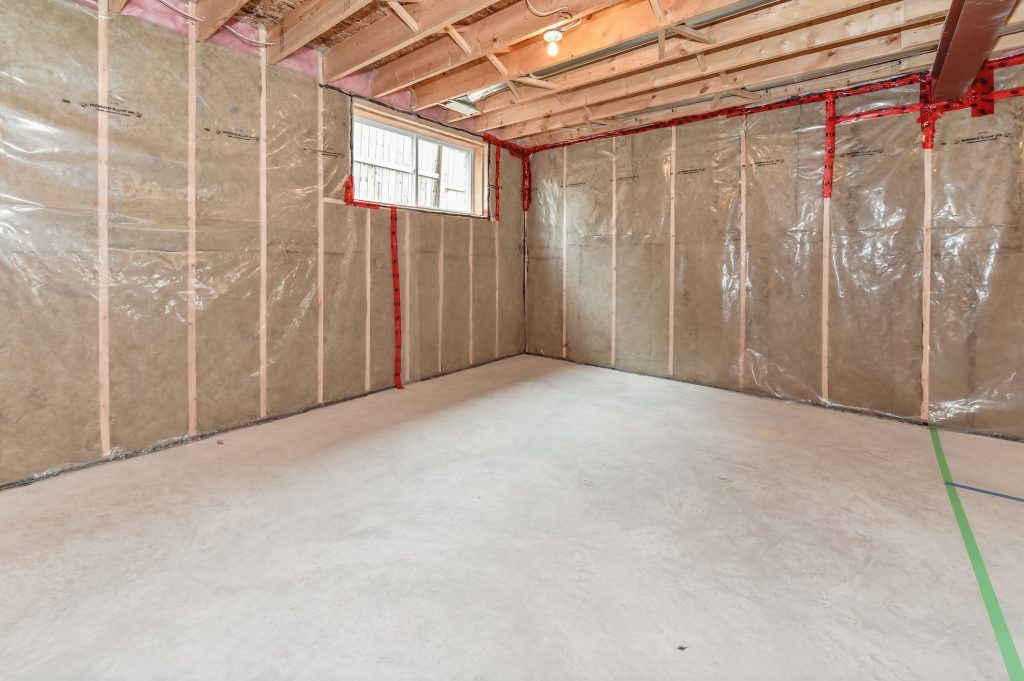
Interior Walls
For interior or partition walls, opting for stone wool insulation, with its dense, non-directional fibre structure, will help dampen sound and reduce room-to-room sound transfer. Use ROCKWOOL Safe’n’Sound® insulation. It also improves safety, as well, due to its fire resistance.
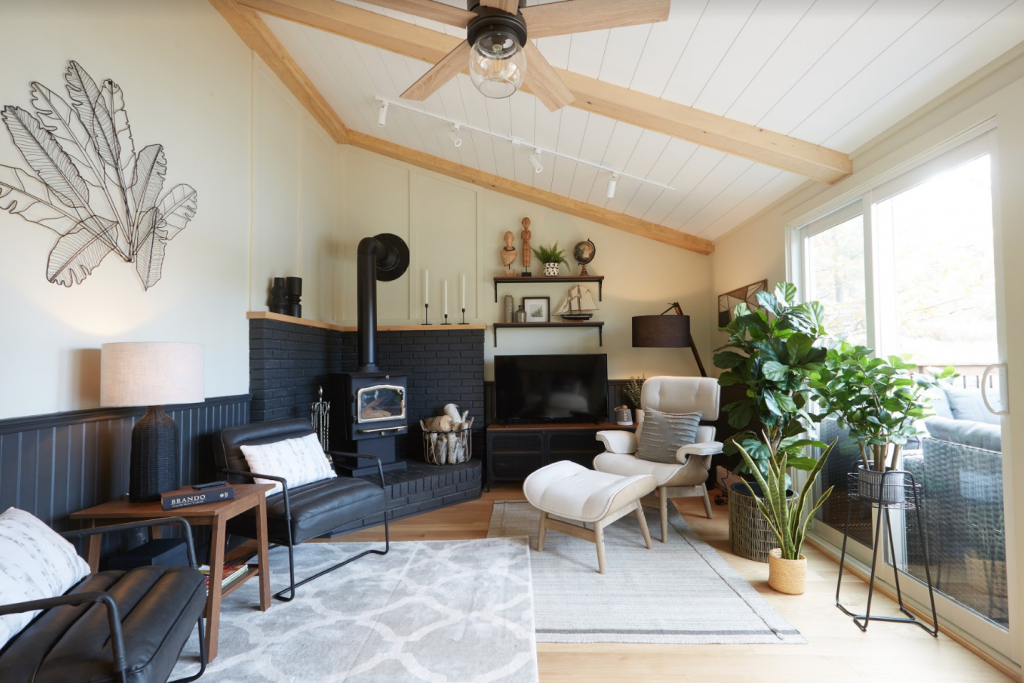
Ceilings
Don’t forget to insulate between floors for the most quiet and relaxing experience. Look for 6” thick ROCKWOOL Safe’n’Sound® which is designed specifically for sound dampening and fire protection between floors. Opting for this product comes with a very significant benefit—you only need to install one layer. This reduces the time to install and number of cuts it takes to complete the job. Reminder: The time saved is time that can be spent on the dock or out on the boat!
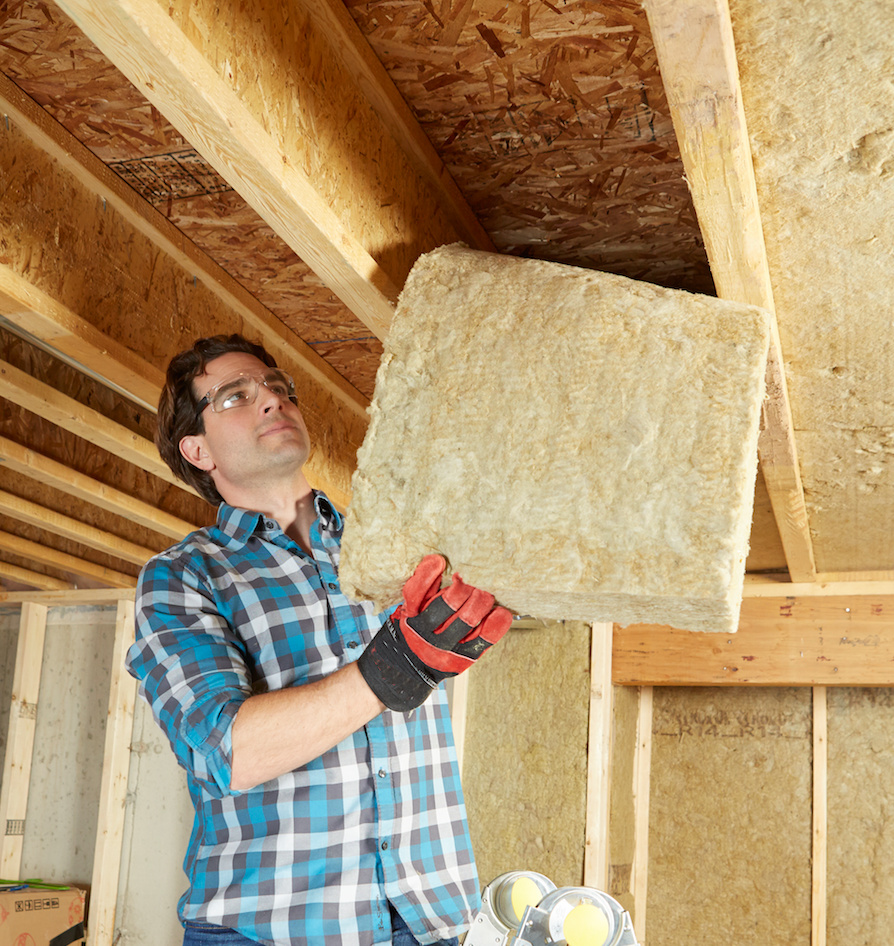
Insulating your cottage or vacation home well with stone wool insulation provides functional and tangible benefits. Ultimately, you get a retreat that’s safer, quieter, more comfortable and more resilient. Whether you plan to relish it for yourself or rent it out, creating the ideal environment can make all the difference in how well you experience your getaway.
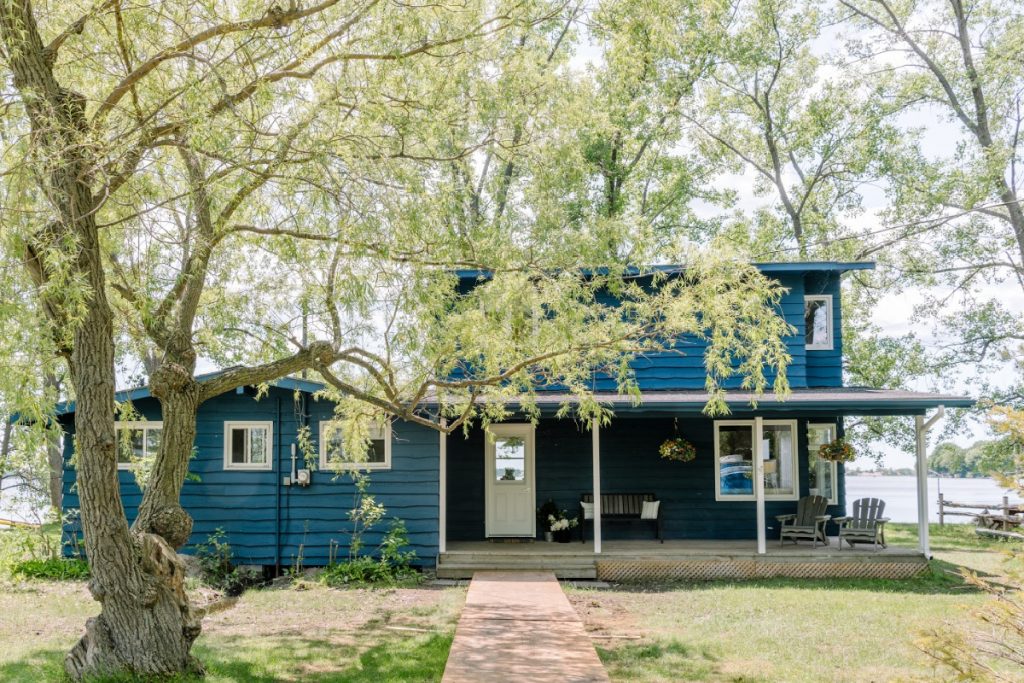
For more on how to and where to insulate, plus install tips and guides, visit www.ROCKWOOL.com.

Comments